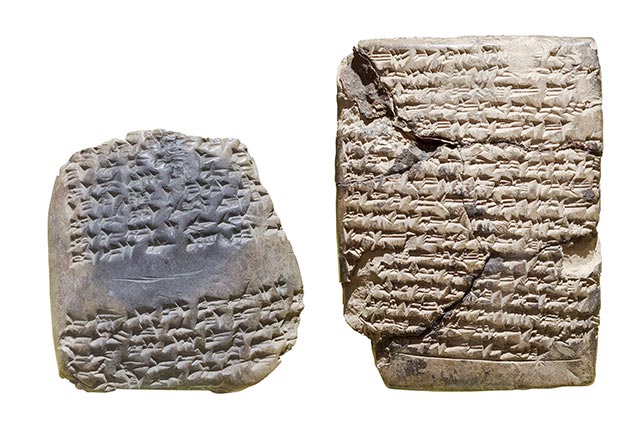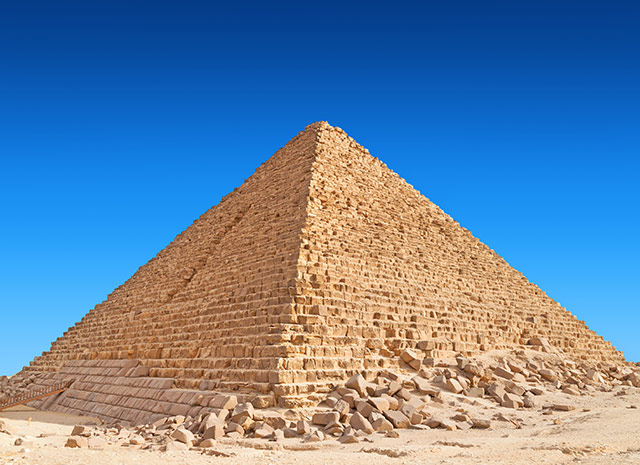 Parler
Parler Gab
Gab
- In December 1988, a CIA operative, known as "Remote Viewer #32," participated in a bizarre experiment to locate the Ark of the Covenant using psychic abilities, as part of the agency's remote viewing program.
- The psychic described the Ark as a wooden, gold and silver container adorned with winged figures, buried in a dark, wet location near mosque-like structures, and guarded by supernatural entities with an unknown power.
- This experiment was part of Project Sun Streak, a successor to the Stargate Project, which explored the use of extrasensory perception (ESP) for intelligence gathering. The protocol involved concealing viewers' targets in envelopes and guiding them through sessions without prior knowledge.
- Retired U.S. Army Chief Warrant Officer Joe McMoneagle, the program's first official remote viewer, dismissed the Ark session as a "training target done on a whim," emphasizing the lack of physical evidence and the speculative nature of such endeavors.
- The Ark of the Covenant's fate remains unknown, with theories suggesting it could be in Ethiopia, beneath Jerusalem’s Temple Mount, or destroyed. The CIA's psychic archaeology experiment adds a layer of intrigue but offers no concrete evidence, leaving the Ark's existence a matter of faith and skepticism.
The remote viewing session: A psychic’s description
The document, dated December 5, 1988, outlines the viewer’s account in striking detail. Without knowing the target, the psychic described a "container fashioned of wood, gold and silver," adorned with winged figures resembling biblical seraphim. The Ark, they claimed, was buried in a "dark and wet" location near structures with mosque-like domes, surrounded by Arabic-speaking men in white robes. "The target is protected by entities and can only be opened by those who are authorized," the report states. "Individuals opening the container by prying or striking are destroyed by the container’s protectors through the use of a power unknown to us." The psychic also suggested the Ark held spiritual significance beyond mere archaeology: "The purpose of the target is to bring a people together. It has something to do with ceremony, memory, homage, the resurrection."Project sun streak: The CIA’s psychic spies
The session was part of Project Sun Streak, a successor to the infamous Stargate Project, in which the CIA and U.S. military explored using extrasensory perception (ESP) for intelligence gathering. Remote viewing—a supposed ability to perceive distant or unseen targets through mental projection—was central to these efforts. Retired U.S. Army Chief Warrant Officer Joe McMoneagle, the program’s first official remote viewer (designated "Remote Viewer #1"), confirmed the protocol to The New York Post. Targets were concealed in envelopes, and viewers were guided through sessions without prior knowledge of the subject. Yet McMoneagle, who received the Legion of Merit for reportedly locating a hidden Soviet submarine via remote viewing, dismissed the Ark session as a "training target done on a whim." "Using remote viewing against any target for which ground truth does not exist—like UFOs or the Ark—is a waste of time," he told The Post. "If someone claims remote viewing proves its existence, they must produce the Ark."The Ark’s enduring mystery
The Ark of the Covenant, described in the Book of Exodus as a gold-plated wooden chest housing the Ten Commandments, vanished after the Babylonian sack of Jerusalem in 586 BCE. Theories place it in Ethiopia (where monks claim to guard it), beneath Jerusalem’s Temple Mount, or destroyed millennia ago. Baruch Halpern, a Penn State professor of ancient history, notes that biblical accounts are consistent enough to suggest the Ark was real—but its survival is another question. "Different people will give you different answers," he said. The CIA’s foray into psychic archaeology raises more questions than answers. Was this a genuine attempt to locate a sacred relic, or merely an odd footnote in Cold War experimentation? Without physical evidence, the Ark remains as elusive as ever.Conclusion: Between faith and skepticism
The declassified files offer no proof of the Ark’s existence—only a strange chapter in intelligence history where mysticism met national security. For believers, the psychic’s account may hint at a divine secret still waiting to be uncovered. For skeptics, it’s a reminder of the lengths to which governments once went in pursuit of the impossible. As McMoneagle put it: "If they can produce the actual Ark based on this information, it will be a surprise to me—and to many others." For now, the Ark of the Covenant remains where it has always been: somewhere between legend and faith, hidden in the shadows of history. Sources include: NYPost.com FoxNews.com EconomicTimes.comJim Marrs’ “Rule by Secrecy” unravels the hidden forces shaping global power
By Kevin Hughes // Share
“The Message of the Sphinx”: Did a lost civilization build the Giza monuments?
By Kevin Hughes // Share
Governments continue to obscure COVID-19 vaccine data amid rising concerns over excess deaths
By patricklewis // Share
Tech giant Microsoft backs EXTINCTION with its support of carbon capture programs
By ramontomeydw // Share
Germany to resume arms exports to Israel despite repeated ceasefire violations
By isabelle // Share










